Indian Squash or Tinda is anything less than a superfood. Tinda is nearly all water and has just about 66 calories per 100 grams. Because of this, it is an extremely nutritious and healthy vegetable.
Tinda is a mild-tasting and digestive-system-calming vegetable native to India. It is also known as Indian round gourd, apple gourd, and Indian baby pumpkin. Antioxidants including carotenoids and several anti-inflammatory compounds are found in tinda and are responsible for its ability to reduce the risk of cardiovascular disease and stroke. It also helps prevent cancer, as has been widely documented.
Table of Contents
What is Indian squash?
The tiny, oblate Indian squash (tinda) is a vegetable popular in India, Pakistan, and several East African nations. It is a fruit of the Cucurbitaceous family. It shares a common ancestor with ash gourds and watermelons and is the sole representative of the genus Praecitrullus. It goes by a number of other names as well, including Indian squash, apple gourd, and others.
Indian squash plant:
Grown as an annual in sandy soils with good drainage, Indian squash is a monoecious plant with a climbing or trailing habit. Following two weeks from sowing, it blossoms with numerous little yellow blooms that could need the help of honeybees to reproduce.
The average diameter of an Indian squash is between 2 and 4 inches. Especially on the outside of immature fruits, the light green skin is often covered in fine hairs.
Its white flesh is tender, and the interior is primarily made up of soft, ovate seeds. Indian squash has a mild flavour that is reminiscent of a delicate sweetness, much like that of a bottle gourd.
Harvest time for Indian squash is between 12 and 15 weeks after planting, depending on the climate. In order to use them as vegetables, young fruits are picked before they reach full maturity.
Health benefits of Indian squash:
There are just 21 calories per 100 grammes of tinda gourd or Indian squash, which is about the same as the number of calories found in pumpkins (26 calories per 100 grammes).
Yet, it contains plentiful quantities of healthful nutrients like vitamins, minerals, and fibre.
The peel of an Indian squash is rich in dietary fibre, which promotes regular bowel movements and protects against colon cancer by flushing harmful substances out of the digestive tract.
Due to its lack of gluten, tinda squash is a good option for those with celiac disease or a comparable ailment. Gluten is a type of protein found in many different foods that can trigger severe intolerance in those who aren't celiac but nonetheless eat them.
When compared to cucumbers, fresh Tinda squash contains much higher vitamin-C (18 mg/100 g, or 20% of RDA /100 g). Vitamin C, a water-soluble antioxidant, helps the body absorb iron and has an important role in the maintenance of healthy bones, cartilage, and blood vessels.
It has a negligible amount of folates (5 mcg/100 g) to offer. Cell division and DNA synthesis can't happen without folic acid. Pregnant women who take it regularly in the first trimester may reduce the risk of having a baby born with a neural-tube abnormality.
Squash is low in sodium but high in potassium, another electrolyte that plays a crucial role inside of cells. Because of its ability to neutralise the pressurising effects of sodium, potassium is an electrolyte that is beneficial to the heart.
Indian squash also contains trace amounts of minerals such calcium, iron, manganese, phosphorus, and zinc, as well as other B-complex families of vitamins like thiamin and riboflavin.
According to ancient Ayurvedic texts, the ingestion of Tinda squash has a cooling and neutralising impact on stomach acids, making it a useful treatment for hyperacidity, dyspepsia, and ulcers. It's also a common method of treating diabetes.
Selection and storage of Indian squash:
Tinda gourd can be found at Asian grocery stores year-round. Because of its thin, tender skin, tinda squash requires special care to avoid bruising. Farmers typically transport them to markets in cardboard boxes to avoid skin damage.
The best tinda squashes to buy are those that are round, brilliant, fresh, and firm. Get unblemished, fresh fruits with clean bloom ends and stems.
Don't eat big, leathery things since they're old and boring. Additionally, stay away from anything that appears to have been tampered with, broken, sliced, pierced, etc.
Refrigerate in a veggie tray for up to two days before eating. They suffer a chill injury if kept in the fridge for too long.
Preparation and serving method Indian squash:
Indian squash should be washed with cold running water and dried with a clean dish towel before being used in any dish. It's not always essential to peel an orange. If you'd like to, you can pull the top layer of skin off.
Indian squash are great for stuffing because of their round form. They can be used whole, or sliced or diced as you see fit. Cooked cucurbit fruits like these are a great substitution for chappan kaddu (Indian summer squash), bottle gourd, and mini squashes in any recipe that calls for them.
Some suggestions for serving:
Indian squash cubes or slices that have been peeled and are fresh and tender can be served raw in salads.
Indian masala sabzi, a traditional Punjabi dish, requires tomatoes, garam masala powder, onions, and garlic.
Stuff paneer with spices, cashews, and raisins for a simple (bharwan tinda) or elaborate (Shahi tinda) dish.
FAQs on Indian Squash:
Ques. Can Indian squash be eaten without peeling or do we need to peel it?
Ans. Tinda, though technically a vegetable, superficially resembles apples. To prepare it for eating, you must first peel it, cut it into bite-sized pieces, and then cook it.
Ques. Is Indian squash a creeper?
Ans. Indian squash is a vigorous climber that can reach a maximum length of about 1.5 m. Tinda gourds can be harvested just a few weeks after flowering and are a breeze to cultivate.
Ques. What does Tinda smell like?
Ans. Tinda is a mild-tasting vegetable similar in texture to cucumber.

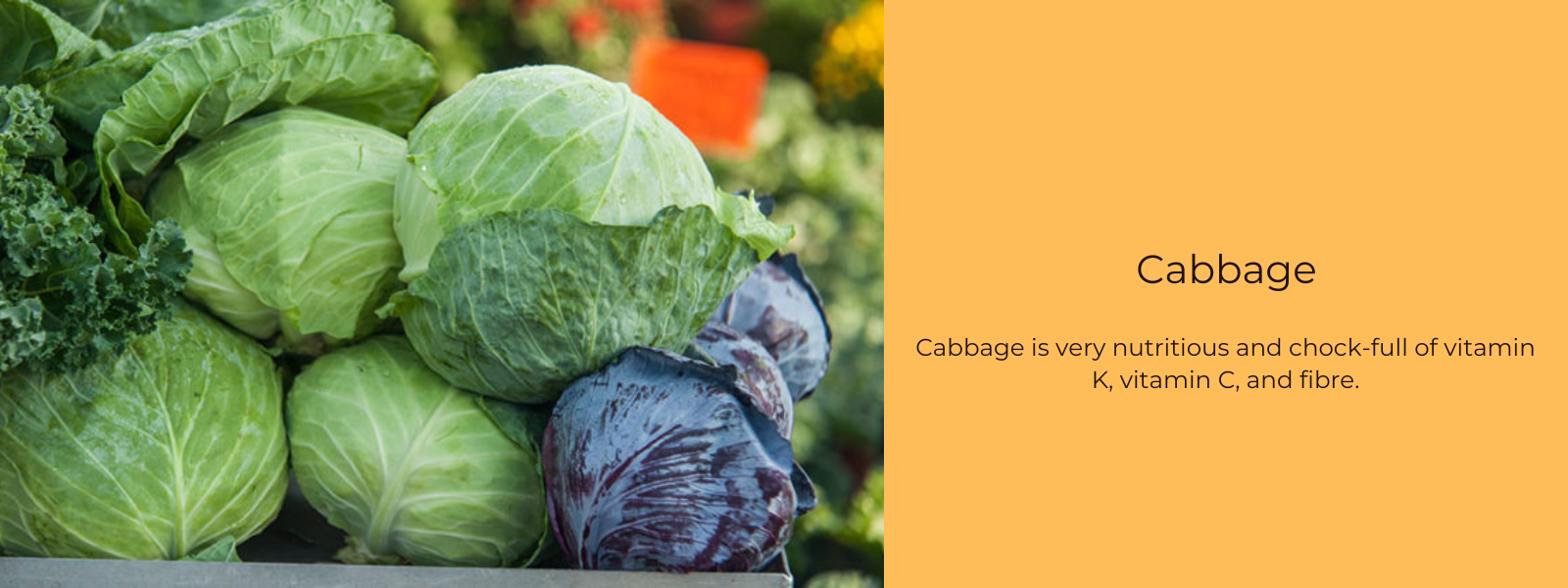
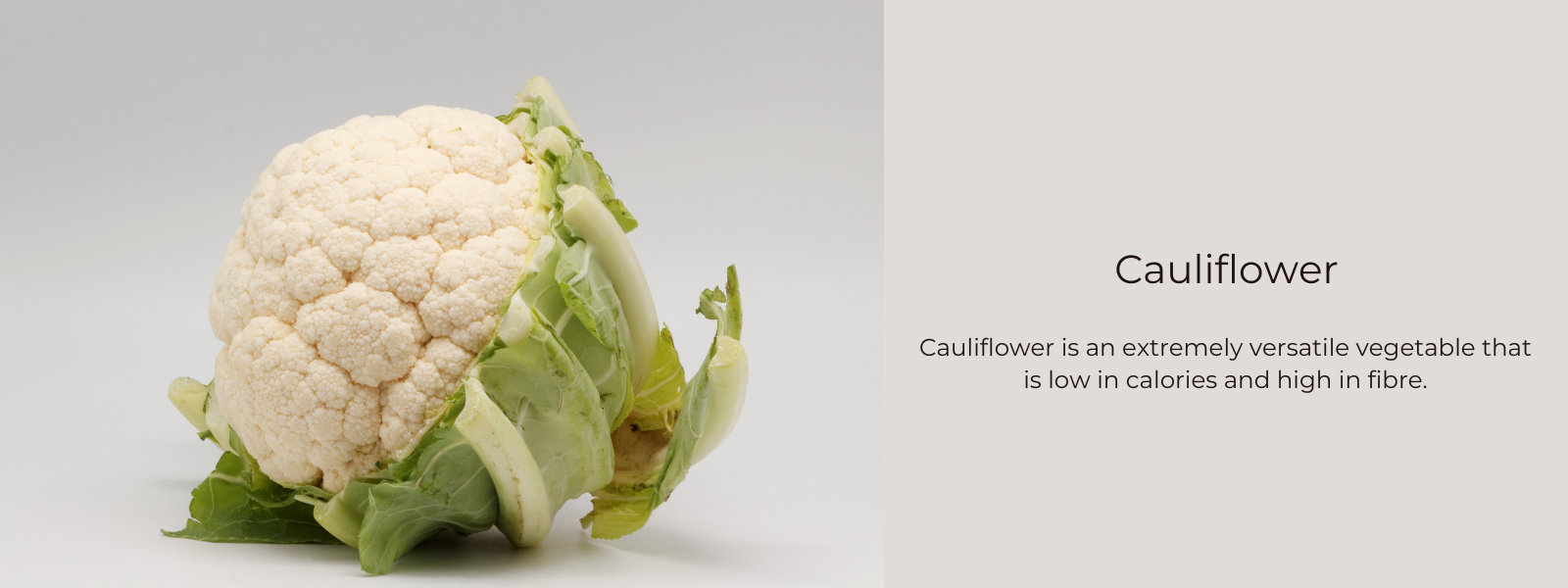
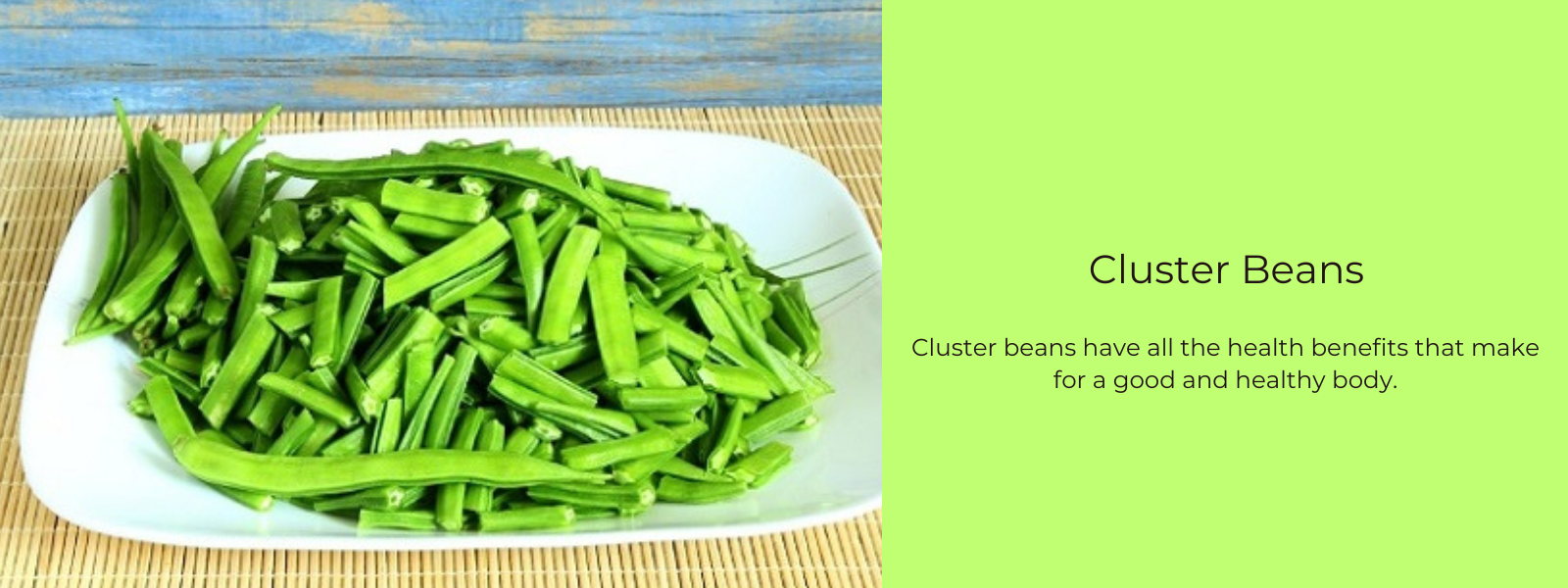
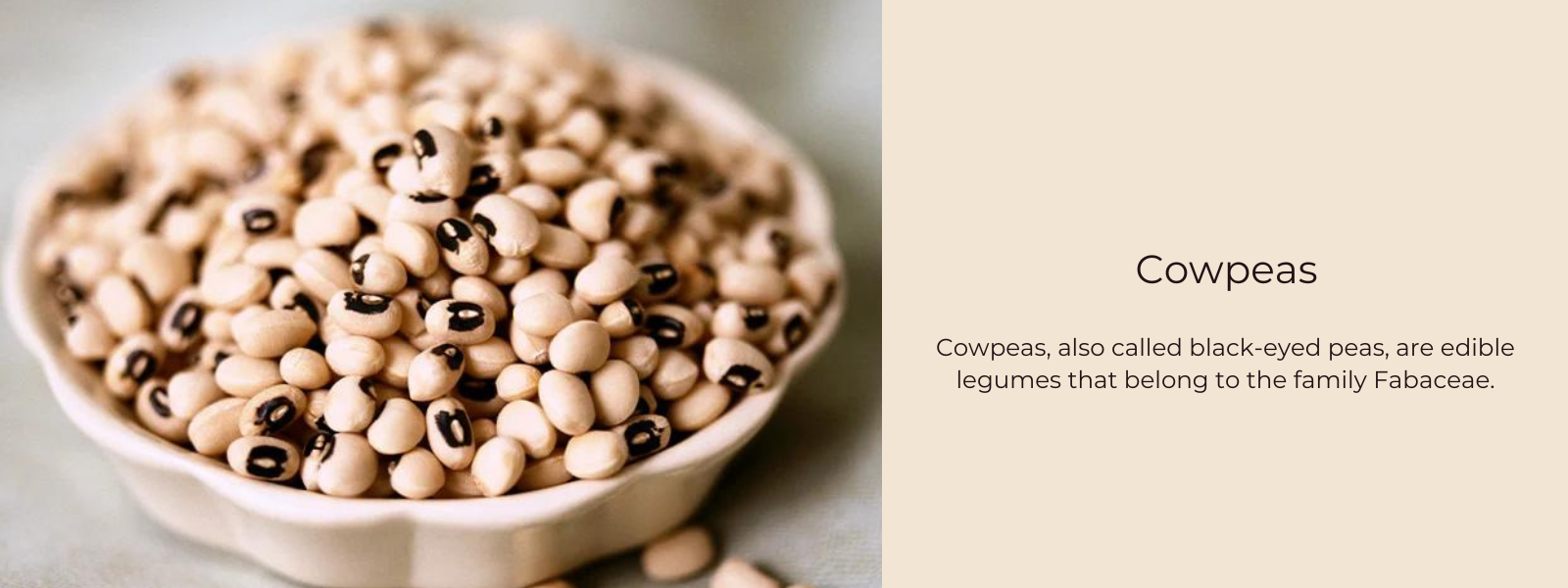
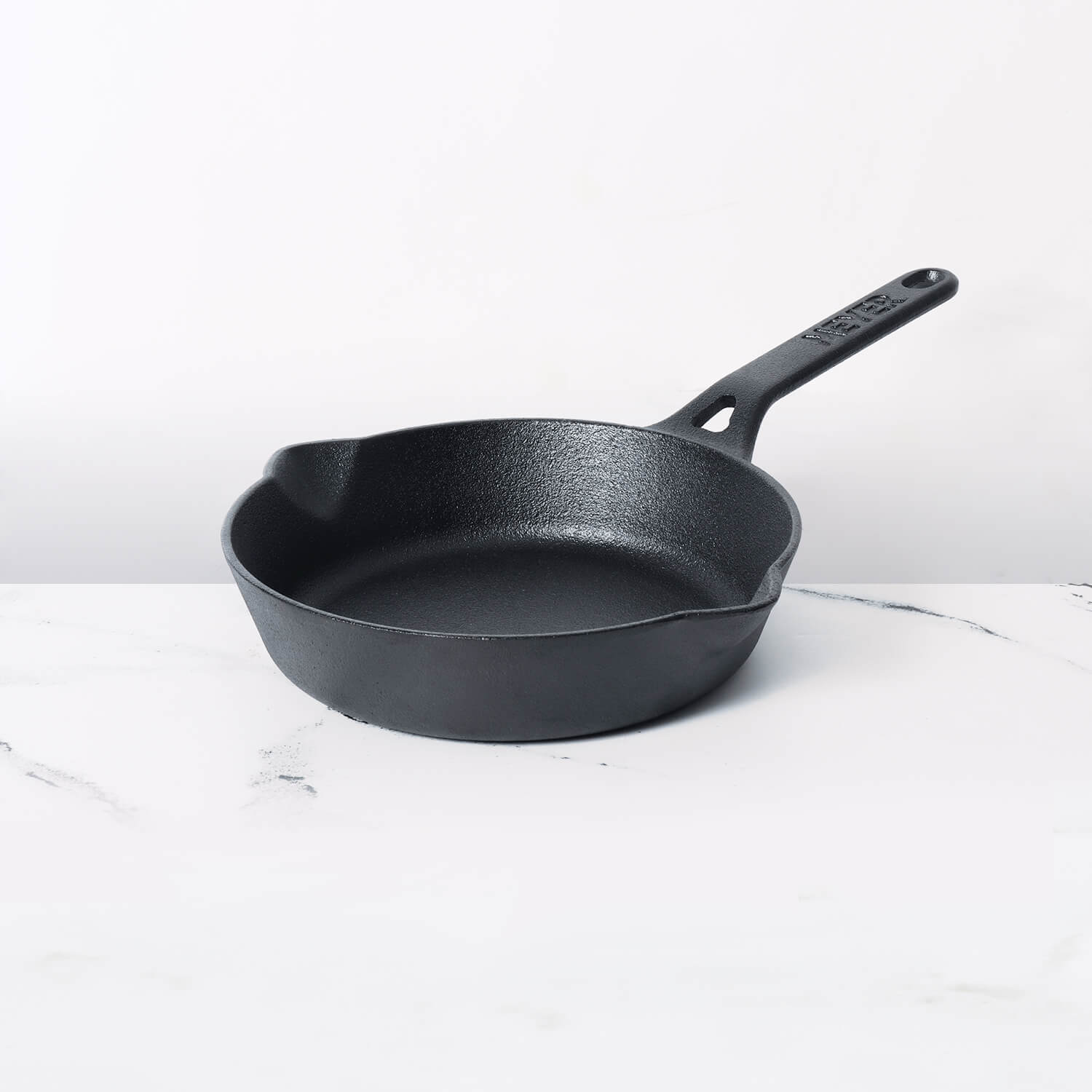





Leave a comment